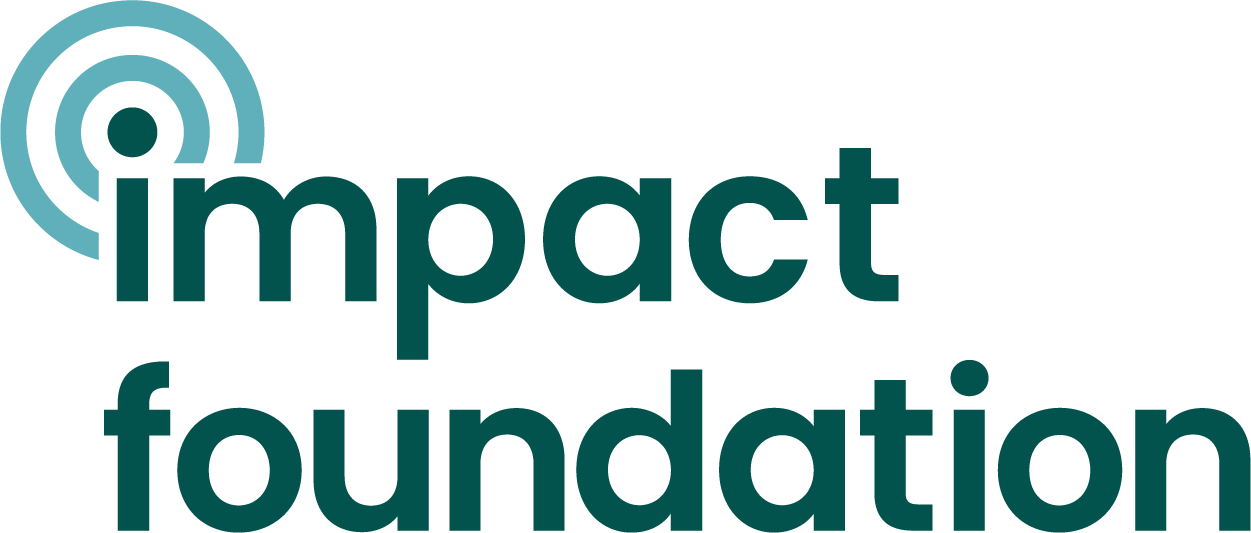Remote Work That Works
The relationship between you and your remote staff members is central to the success of your organization —especially during these challenging times.
Your job as a leader is to ensure that there is a mutual understanding and agreement of the job’s requirements, expectations, and necessary accomplishments between you and each of your remote team members.
To be successful, you’ll need to set crystal clear expectations with everyone who is working from home—and you’ll need to monitor both individual and collective progress using these four fundamental metrics that promote productivity.
Productivity Metric #1: The Quantity of Work Being Completed
The first fundamental expectation that you’ll need to set with all of those who are working from home is the actual amount of work that will need to be completed.
To do this, you—as their supervisor—will need to have a pretty good idea of what projects and tasks need to be initiated. And once you have your list, you’ll need to share it with each person for review, discussion and finalization.
Remember, it is reasonable to expect that the same amount of work should be completed remotely as could be completed on-site, although it may not always happen during traditional business hours.
Productivity Metric #2: The Quality of Work Being Completed
The second fundamental metric you’ll need to address with each of your remote employees is gaining consensus on the caliber of work that needs to be attained before it is considered final and complete.
Remember, working from home—because of the lack of consistency across different computer systems and platforms—creates a plethora of challenges, not least of which is maintaining high levels of quality.
For example, a document that looks great on one person’s computer may look entirely unacceptable on someone else’s. Give your employees grace if this happens initially and explain what could be improved for their future reference.
Productivity Metric #3: The Timeliness of Work Being Completed
The third fundamental metric that you should be negotiating with all those who are working from home is coming to agreement on the appropriate timeframe in which the work is to be completed.
Let’s face it, deadlines matter—especially when we are working in times of great uncertainty and instability. And missing something like the deadline of a grant submission can lead to even more extreme uncertainty.
It’s essential that you close the loop on every single project by ensuring that a specific deadline is attached to each.
Productivity Metric #4: The Hours of Work Being Completed
The fourth—and final—fundamental metric that you’ll want to articulate with employees who are working from home is the number of hours and when they’re expected to work.
Most employees who are working full-time from home will understand that the same 40 hours of work per week is still required. However, many employees are still juggling childcare as some daycares are still not open and many school schedules are a combination of in-person and distance learning. The flexibility of working the expected 40 hours per week outside of 9 a.m. to 5 p.m. will be greatly appreciated, but be sure to provide clear expectations to your team about what that looks like, such as what time of day a report must be completed on a due date – is 5 p.m. the anticipated time the report will be submitted on that date, or is 10 p.m. acceptable?
Parting Thoughts
Some employees will thrive in this new remote work arrangement without the distractions that an office environment can be bring. Things will get done, and they’ll get done very well.
However, for others, working from home can be very difficult without the usual office resources and the support that comes with in-person collaboration. But rest assured, if you address these four items, you’ll be making the very best of a difficult situation. And, not only will you and your remote employees thrive, but your clients will thrive as well.
